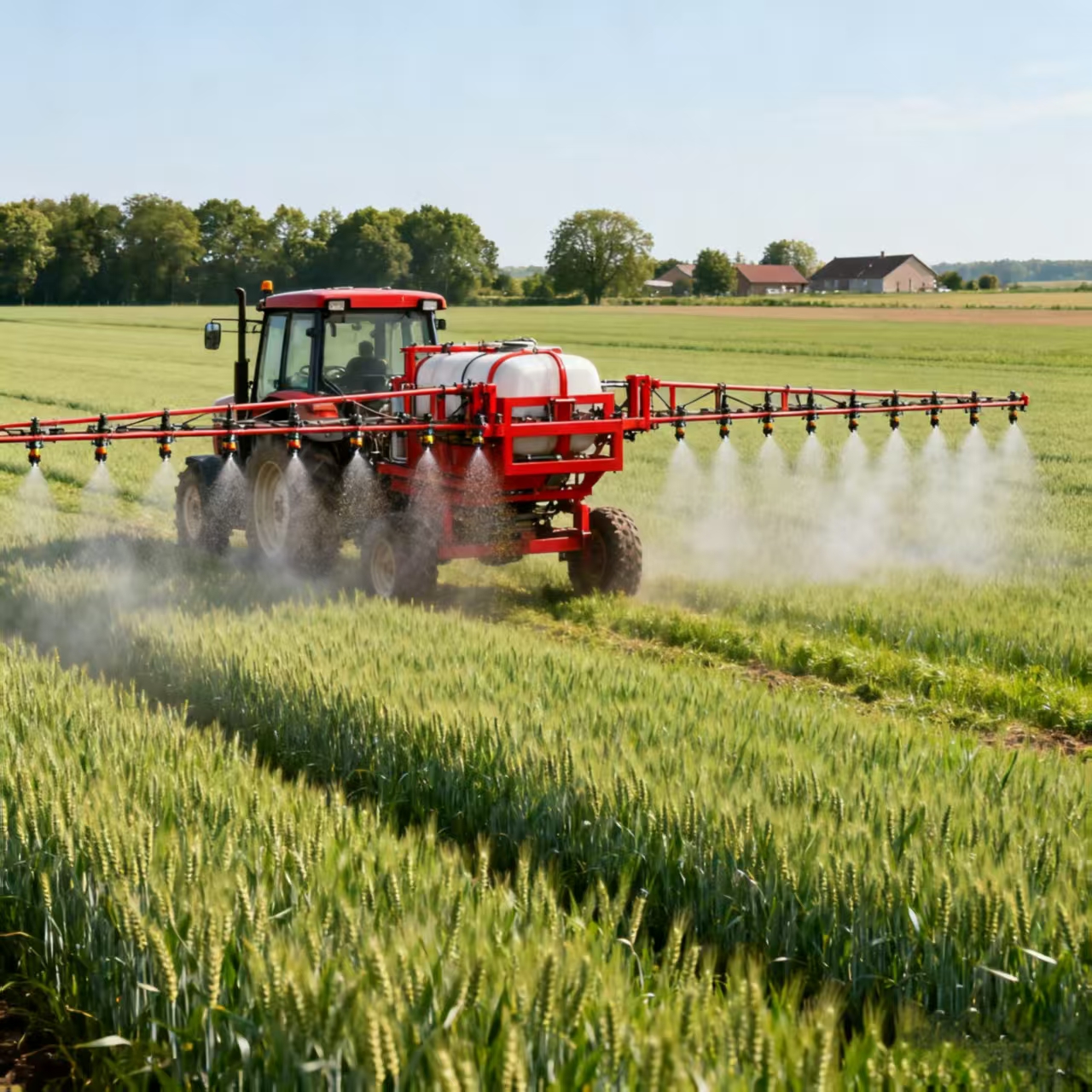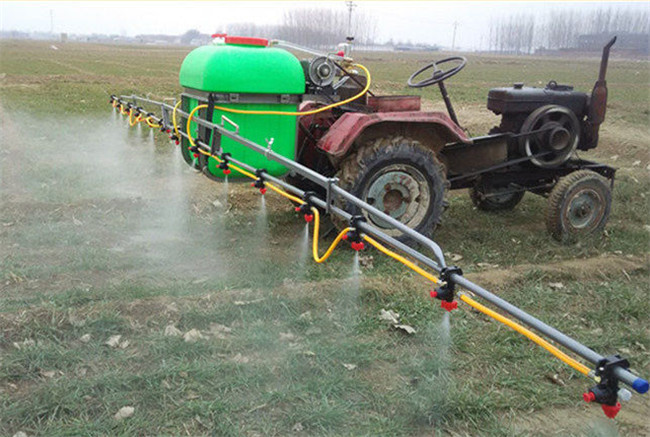Boom sprayers are indispensable tools for farmers, landscapers, and gardeners, designed to distribute liquids like pesticides, herbicides, and fertilizers evenly across large areas. A key component defining a boom sprayer’s functionality is its control lever—either a manual lever or a hydraulic lever—which regulates the spray boom’s height, angle, and on/off operation. These two lever types cater to different needs, from small-scale gardens to large commercial farms, and understanding their differences ensures optimal use of the boom sprayer.
A boom sprayer with a manual lever relies on physical force from the user to adjust the spray boom. This design prioritizes simplicity, with no complex hydraulic hoses or power sources required. The manual lever connects directly to the boom via cables or rods; users push, pull, or toggle the lever to raise/lower the boom or start/stop spraying.
Ideal for small to medium-sized areas (e.g., backyard gardens, small orchards), manual lever boom sprayers offer two core benefits: affordability and low maintenance. They cost less upfront than hydraulic models and have fewer parts prone to breakdown, making repairs easy and cheap. However, they have limitations: manual operation is labor-intensive for long hours, and the boom’s adjustment range is often narrower (typically 1–3 feet of height adjustment), which may not suit uneven terrain or large fields.

In contrast, a boom sprayer with a hydraulic lever uses fluid pressure (from a hydraulic pump, often connected to a tractor or ATV) to control the boom. The hydraulic lever acts as a valve: when activated, it directs fluid to hydraulic cylinders, which smoothly adjust the boom’s position or trigger spraying—no manual strength needed.
This design shines for large-scale operations (e.g., commercial farms, golf courses). Key advantages include effortless operation (even for hours), wider adjustment ranges (3–10 feet of height), and compatibility with heavy-duty booms. The hydraulic system also handles uneven terrain better, keeping the boom level for consistent spraying. On the downside, hydraulic lever boom sprayers are more expensive upfront and require regular maintenance (e.g., checking fluid levels, replacing hoses) to avoid leaks or system failures.

In short, choosing between the two depends on your needs: a manual lever boom sprayer is perfect for small, budget-conscious tasks, while a hydraulic lever boom sprayer delivers efficiency for large-scale, demanding work—both ensuring the boom sprayer lives up to its role as a time-saving, precision tool.
Copyright © 2025 Xingtai Farming First Agricultural Machinery Co., Ltd. All Rights Reserved. Links Sitemap RSS XML Privacy Policy


